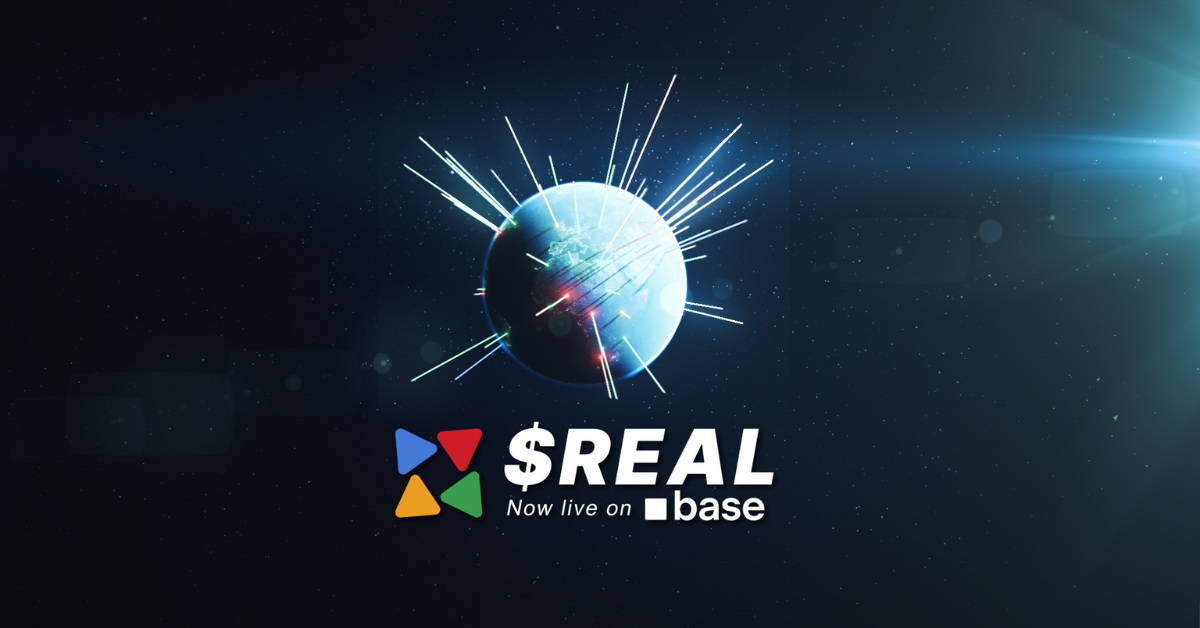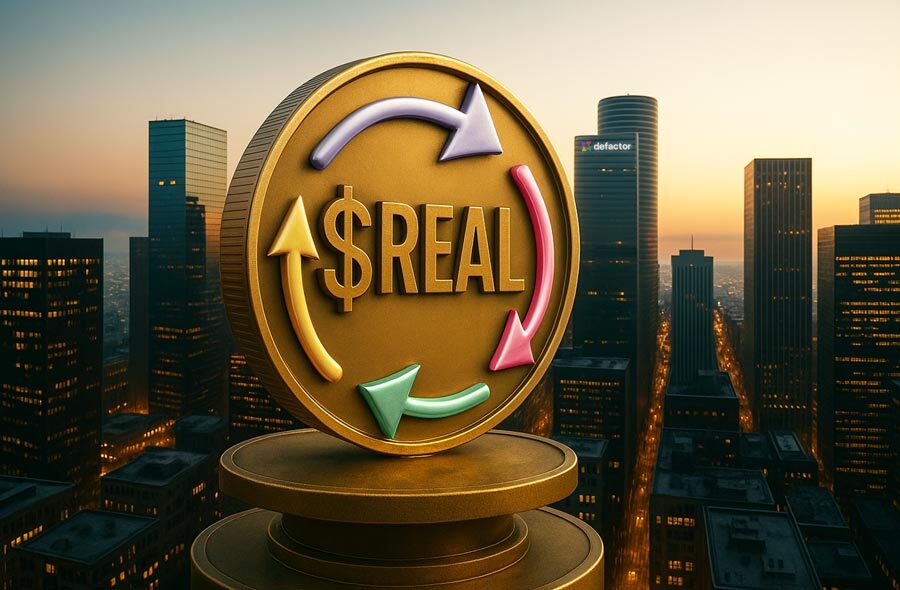The Three Pillars of RWA Integrity
Custody
What it is:
Custody is the secure holding of the real-world asset that backs a token. In traditional finance, this might mean a bank safeguarding a bond or a title company holding a property deed. In tokenized finance, it can also involve licensed custodians, warehouses, or even smart contracts that manage legal ownership or redemption rights.
Why it matters:
If no one can confirm the real asset exists, or worse, is not held securely, then the token representing it is essentially worthless. Custody provides the legal and operational backbone that connects a digital token to a tangible asset.
Verification
What it is:
Verification ensures that the token issued truly corresponds to the real-world asset. This process includes validating:
- The asset’s ownership
- Legal standing
- Value, and condition
It can be handled by notaries, auditors, oracles, or programmatically through blockchain-based attestations and smart contracts.
Why it matters:
Anyone can create a token, but verification proves that the asset behind it is legitimate. For institutions, verification reduces risk and makes tokenized assets suitable for regulated use cases such as lending, insurance, or capital provisioning.
Transparency
What it is:
Transparency means that the key data around an asset and its token, including:
- Custody status
- Verification records
- Transactions
- Risk information
is visible and accessible, typically through on-chain explorers or dashboards.
Why it matters:
Transparency builds trust. If users and institutions can see what’s happening with an asset in real time, they can engage with it. Transparency also enables efficient auditing, reduces disputes, and aligns with compliance expectations.

Historical Context
In the 19th and early 20th centuries, goldsmiths and banks issued receipts for gold deposits. These certificates could be traded and redeemed, acting as an early form of fiat currency. RWA tokens are modern warehouse receipts. A token representing a bar of silver or a shipment of wheat behaves exactly like historical commodity claims but with real-time settlement, on-chain programmability, and global reach.
Token as a Legal, Enforceable Claim on an Off-Chain Asset
At the heart of tokenization is a simple but critical premise: a token must represent not just data, but rights. Each digital token must be backed by a legally enforceable claim to a specific off-chain asset. Just like owning a title deed entitles you to land, or holding a bond gives you the right to future cash flows, a properly structured token gives the holder legal standing to demand delivery, redemption, or proceeds from the underlying asset.
But for this to work, three key components must align:
Legal Agreements & Token Design
The token must be tied to a smart contract and a legal wrapper, at least if it’s aiming to be credible and institution-ready. While not all RWA tokens meet this standard, the ones that do are structured to ensure legal enforceability. This typically involves a legal entity like a special purpose vehicle (SPV), trust, or custodial agreement that formally holds the off-chain asset. The corresponding smart contract then issues tokens that reflect ownership rights, income claims, or redemption logic tied to that legal structure. Together, the legal wrapper and smart contract connect the digital token to real-world enforceability, which is an essential component of regulatory compliance.
Jurisdictional Enforcement
The enforceability of the claim depends on where the asset is located and how the legal entity is structured. RWA platforms often register legal entities in friendly jurisdictions (e.g., Luxembourg, Singapore, Delaware) where courts recognize digital representations of ownership and will support contractual claims tied to tokens.
Redemption & Transfer Mechanisms
As a core principal; to be meaningful, the claim must be exercisable. That means the token can actually be redeemed for the underlying asset, transferred to someone else, or used in other financial contexts such as collateral. This requires clarity in both the smart contract and legal documentation ensuring the token isn’t just a synthetic derivative, but a digitally-native wrapper of a real, accessible asset.
Why It Matters
Legal enforceability is part of what makes RWA distinct from crypto assets. Without it, RWAs lack credibility and relevance. With it, they are composable building blocks in a broader financial system and can be trusted by users, regulators, and traditional institutions.
Two Different Models
If that weren’t complex enough, it should be stated that depending on how they’re structured, a token's claim of ownership of an asset can differ. Understanding this distinction is essential for risk assessment and legal enforceability.
Direct Tokenization
In this model, the token represents a direct slice of ownership in the underlying asset itself. These are sometimes referred to as "Layer 2 tokens", because they reflect asset ownership beyond a basic on-chain record.
Example:
- Each token might correspond to 0.01% of a specific building’s title
- Intuitive, simple to understand, potentially higher transparency
- Often harder to scale due to jurisdictional and regulatory complexity, especially across borders
Indirect Tokenization
In an indirect model, the token represents ownership in a legal entity, typically a special purpose vehicle (SPV) that holds the real-world asset. Rather than owning the asset itself, the investor owns a share in the company that owns it.
Example:
- You own tokens that give you equity in an SPV, and that SPV owns a portfolio of rental properties
- Easier structure for regulatory compliance and pooling of multiple assets
- Adds a legal layer between the token and the asset, becoming more complex
Why It Matters
The distinction has a knock-on effect on everything from regulatory classification and investor rights to liquidity, redemption, and taxation. Direct models appeal to users looking for straightforward, property-like exposure. Indirect models, meanwhile, offer scalability and operational flexibility, particularly for institutional-grade tokenization platforms.
Understanding whether a token gives you the asset itself or just a stake in its wrapper is critical to evaluating its value and risk.
Defactor's Role
Rather than trying to reinvent asset issuance, Defactor builds the tooling that enables platforms and originators to tokenize assets with verifiable backing. Through partnerships and protocols, it ensures that custody is auditable and compliant, while verification can be embedded into smart contracts and identity frameworks. Our smart contracts have received a 100/100 audit rating from Zokyo, Defactor’s commitment to secure, enterprise-grade infrastructure has been a core principal since we started quietly building our modular tokenization toolkit many years ago. The result: assets with provenance across chains and jurisdictions, from start to scale.
Although it’s not always headline-grabbing work as the tokenized economy matures, the need for secure custody and trusted verification will define who scales and who fails. Defactor is ready for that moment.
Key takeaways
- Credibility Drives RWA Tokenization: As RWAs scale, token legitimacy depends on strong infrastructure
- Custody, Verification & Transparency Work Together: These pillars ensure tokens represent enforceable, real-world claims
- Legal Wrappers & Jurisdiction Are Key: Enforceability requires the right legal and regulatory setup
- Defactor Powers Compliant Tokenization: Defactor provides the tools to issue verifiable, scalable RWAs






